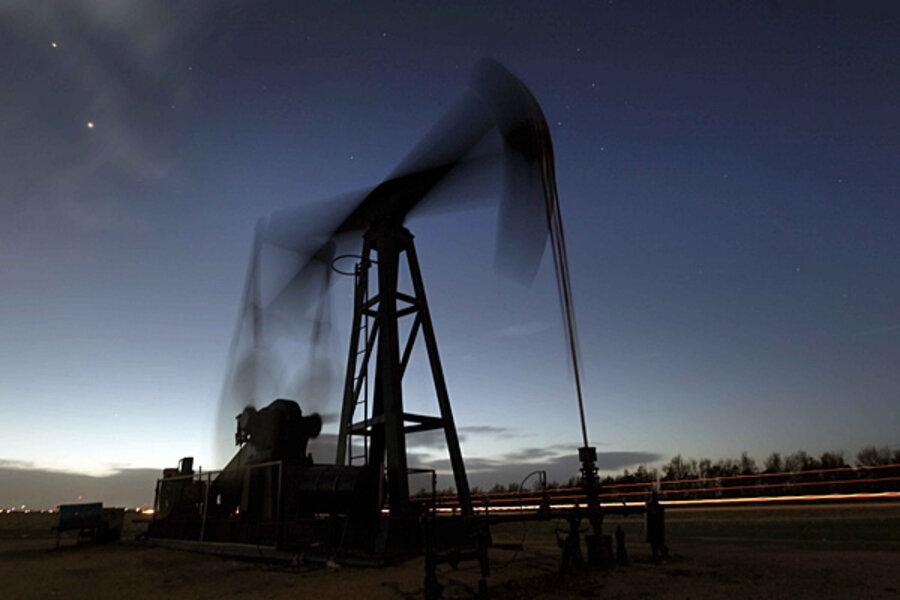Hofmeister: Surging demand and flat production equals high oil prices
Can Oil Supplies Grow Fast Enough to Keep Prices in Check?
I, along with my editor Sam Avro, recently conducted a broad-ranging interview with John Hofmeister, former President of Shell Oil and currently the head of Citizens for Affordable Energy, a non-profit group whose aim is to promote sound U.S. energy security solutions for the nation. In the first part of this interview Mr. Hofmeister spoke of A Difficult Decade Ahead For Oil Prices and Supplies. In the second, he set forth an Energy Plan for America. In the current installment, he discusses the events responsible for the explosion in the price of oil over the past decade.
Developing Demand and Depleting Supplies
I prefaced my question with my own view that the explosive growth in oil prices mostly boiled down to new demand outstripping new supplies, which resulted in loss of spare capacity. Some have suggested that the real culprit is a massive influx of financial players into the oil markets, so I was curious to get Mr. Hofmeister’s views on the factors behind the escalation in oil prices over the past decade.
In response, he cited that the main factors were ”constant growing global demand” and “flat production for the most part” over the past decade. (Read more: Petroleum Demand in Developing Countries)
He noted that several developing areas experienced strong production growth, while OPEC struggled to increase capacity:
“In 2005 China needed about 5 million barrels per day (bpd) of oil; in 2011 China needed 10 million bpd of oil; by 2015 China will probably need 15 million bpd of oil. And that kind of tripling of demand in China, augmented by significant additional increases in daily demand from the rest of the developing world, including India and the fact that OPEC has been largely flat in its production and its inability to create spare capacity for most of the last decade.”
For the rest of the world, he noted that oil production in most non-OPEC countries is in decline, with Russia and Brazil as two non-OPEC countries with the potential for increased production. (Read more: How Much Oil Does the World Produce?)
He stated that the fundamental problem is that the annual decline rate of existing fields is 4 to 5 million bpd, so each year we need 4 to 5 million new barrels per day of production just to stay even. Demand growth requires additional supplies on top of that, and if the supplies don’t come online to meet demand growth, higher prices are the inevitable result.
In a nutshell, Mr. Hofmeister stated that the reason for higher prices is simply that “We have not been able to keep up with demand growth and the decline rate simultaneously.”
——————
Mr. Hofmeister has been helping to shape content for the launch of Total Energy USA as a member of the Executive Committee. Total Energy USA is the groundbreaking conference and exposition that addresses the greatest uncertainty in the energy industry today — the cross-fertilization of energy sectors and technologies. More information about Total Energy USA, November 27-29 in Houston, Texas at www.TotalEnergyUSA.com
Link to Original Article: Hofmeister: Demand and Decline Equals High Oil Prices





